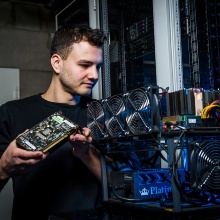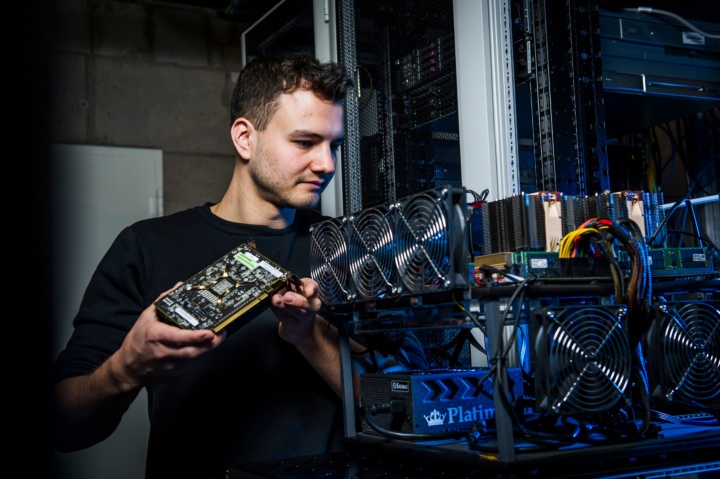The German Research Foundation (DFG) decided on May 22, 2019 to continue funding the Transregional Collaborative Research Center (SFB-TRR) 161 “Quantitative Methods for Visual Computing” at the universities of Stuttgart and Constance. The SFB-TRR-161 looks for solutions to simplify the representation and processing of continuously increasing amounts of data in order to further increase the quality of computer-generated images. With the DFG’s decision, six Collaborative Research Centers/Transregios with project speakers are now based at the University of Stuttgart.
The Rector of the University of Stuttgart, Prof. Wolfram Ressel, was happy about the DFG’s decision: “Even before, the University of Stuttgart had the highest number of DFG Collaborative Research Centers per professor among the nine leading technical universities in Germany (TU9). The DFG’s decision has just reinforced our leading position and also made the University of Stuttgart stronger in terms of implementing our vision of “Intelligent systems for a sustainable society”.
In SFB-TRR 161 “Quantitative Methods for Visual Computing”, researchers in computer science, psychology, mathematics and linguistics pursue the goal of making the quality and applicability of data and images measurable and determinable with computer-supported representation and processing of image information. The collaborative project is sponsored by the universities of Stuttgart and Constance, and the Ludwig-Maximilian University of Munich and the University of Ulm are also involved.
The SFR-TRR-161 deals with computer-supported processing and representation of image information. Behind this are a number of applications from research and industry as well as the private sphere, such as the visualization of measurement data or simulations, virtual maps and tours or computer-generated film scenes. “Over the past four years, we have researched and laid the foundations for developing new and better methods for quantitatively assessing visual computing methods, image information and their effect on people”, says Prof. Daniel Weiskopf, speaker for the research association. This means that the roughly 40 scientists from the collaborative project have researched, among other things, how movements in video data can be better recognized and assessed, which for example is important for applications in the field of autonomous driving. The question of how realistically avatars in computer applications should be represented has also been investigated.
In the second funding period, the approaches and methods which have been developed so far should be improved, and new fields of application and current technological developments should be taken into consideration. “We will increasingly be looking at applications which require and use augmented and virtual reality technology”, explains Prof. Oliver Deussen from the University of Constance. “Methods from the fields of machine learning and artificial intelligence will also play a part.”
Among other things, the teams of researchers deal with the question of how people can make better use of computer technology and the visual representation of information. Should a computer system adjust to the behavior of its users? And what’s the best way to predict this behavior, for example with the help of artificial intelligence? How can virtual reality methods be used to analyze large quantities of data? And how to make it easy for users to change between the real and virtual world?
The Collaborative Research Centers supported by the German Research Foundation (DFG) are research institutions set up at a university for a period of up to twelve years. The SFB/Transregio 161 “Quantitative Methods for Visual Computing” will start its second research phase on July 1, and the funding for the next four years amounts to around 8 million euros.
Expert Contact:
Speaker: Prof. Daniel Weiskopf, University of Stuttgart, Institute for Visualization, Tel. 49 (711) 685-88602, E-Mail
Co-Speaker: Prof. Oliver Deussen, University of Constance



